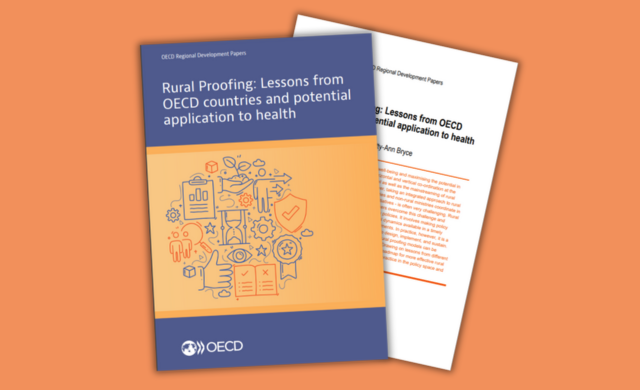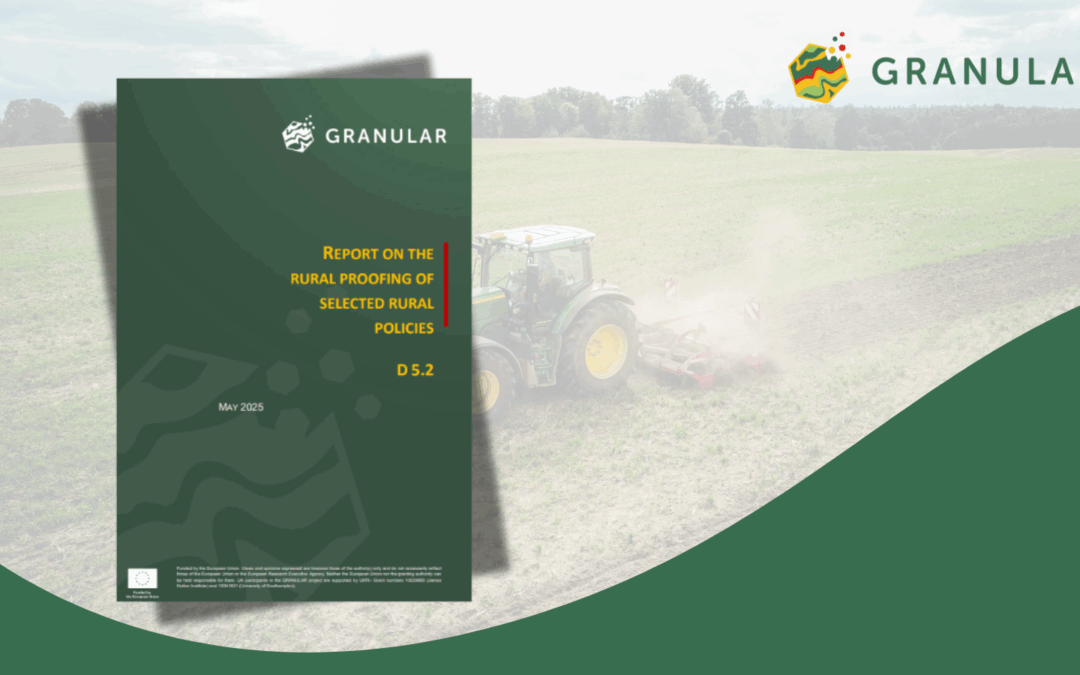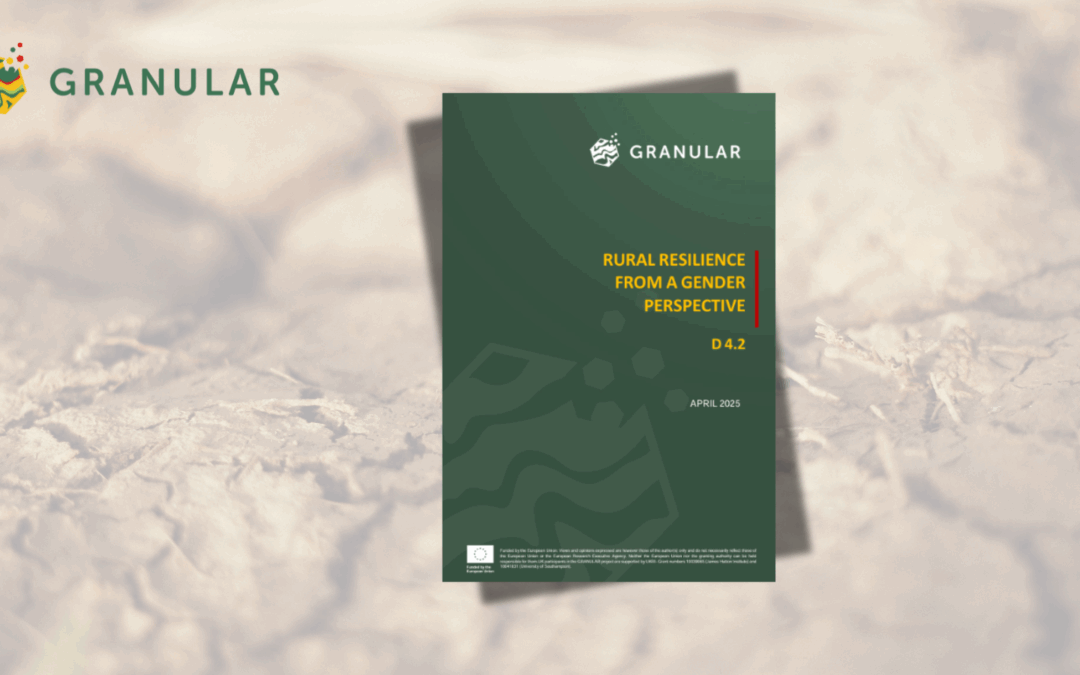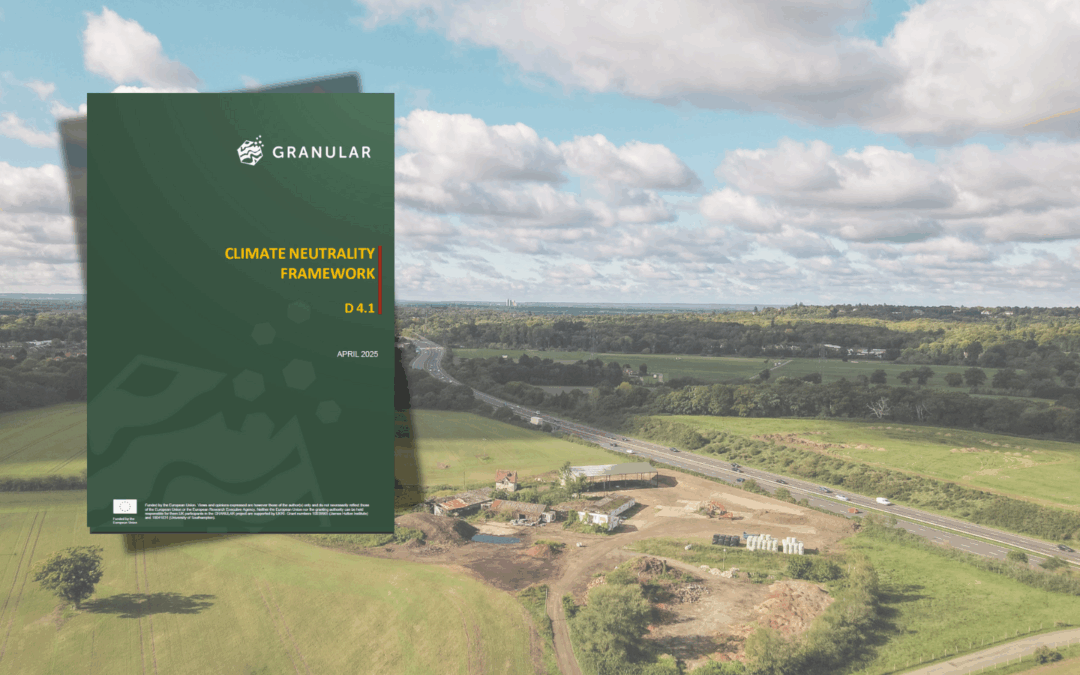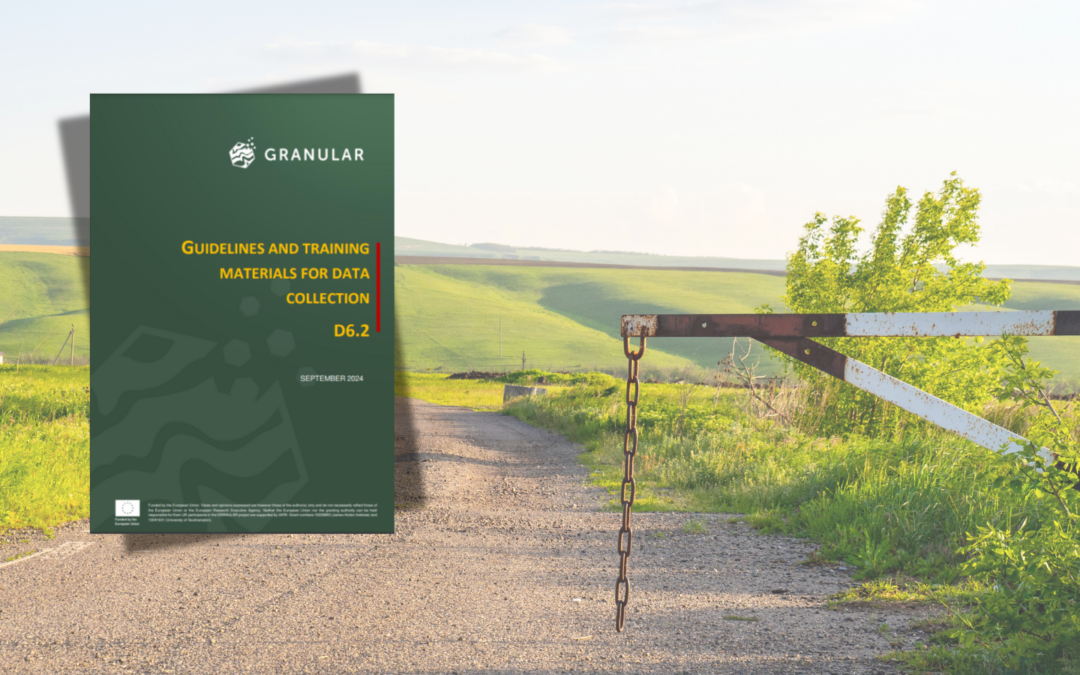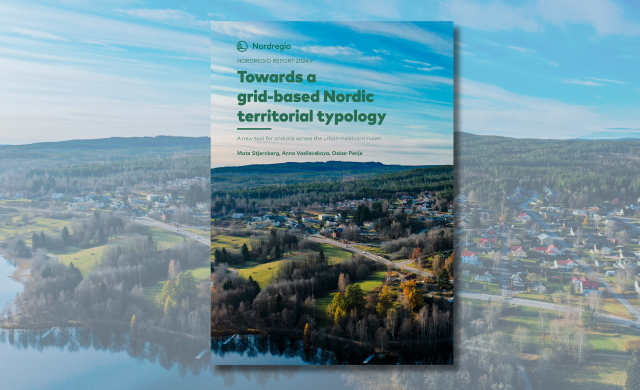Author: Merveille Ntabuhashe, AEIDL
The role of rural areas in the current socio-economic landscape is crucial. Yet, these regions often face unique challenges that demand tailored policy solutions. The new OECD paper by Betty-Ann Bryce, titled “Rural Proofing: Lessons from OECD Countries and Potential Application to Health,” highlights the significance and implementation of rural proofing as a strategic tool to ensure that policies are effective and inclusive for rural communities.
What is rural proofing?
Rural proofing is a critical process designed to ensure that policies across all sectors are suitable for rural areas. It requires policymakers to consider rural dynamics and impacts from the early stages of policy design, preventing negative outcomes and fostering positive effects in these regions. This systematic approach ensures that policies are not merely urban-centric but inclusive of the unique needs of rural communities, promoting balanced regional development and well-being.
It is one of the key contributions of the GRANULAR Project, which is developing a methodology and toolkit to guide the implementation of rural proofing. This work will be built on the framework set by our Rural Compass, as well as take inspiration on other existing rural proofing toolkits in Europe and beyond.
The need for rural proofing
The OECD paper emphasises the growing acceptance of the necessity for greater support in rural communities. Inequalities between rural and urban areas undermine growth, productivity, and overall well-being, leading to significant economic, social, and political costs. Rural proofing emerges as a mechanism to bridge these gaps by ensuring policies are crafted with a deep understanding of rural circumstances, ultimately fostering prosperous, connected, and inclusive rural areas.
Key functions of rural proofing
Bryce identifies five key functions of rural proofing:
1. Curbing urban bias: Rural proofing mitigates urban bias in policymaking, ensuring a balanced approach to rural-urban development.
2. Supporting place-based policies: It aligns with the place-based approach, which focuses on the unique characteristics and assets of rural areas.
3. Enhancing well-being: By integrating the Rural Well-Being Framework, policies can address economic, social, and environmental dimensions, placing people at the centre of policy considerations..
4. Adapting to megatrends: Rural proofing helps policymakers address the impacts of megatrends such as digitalisation, the green transition, demographic changes, and globalisation, tailored to the adaptive capacities of rural regions.
5. Facilitating cross-departmental collaboration: It supports coherence across government departments, ensuring policies are synergistic and effective across different governance levels.
Challenges in Rural Proofing
Despite its benefits, rural proofing faces several challenges. These include over-reliance on political support to ensure its effectiveness, limited understanding of rural issues among policymakers, confusion about roles and responsibilities within government in coordinating rural proofing, inconsistent execution timing and methodology, and potential increased costs and delays. These challenges highlight the need for a well-structured and sustainable rural proofing mechanism that transcends political cycles and ensures consistent application.

Improving rural proofing effectiveness
To enhance the effectiveness of rural proofing, the author recommends several strategies:
- Setting clearer objectives: Define clear goals for rural proofing and tailor supporting tools to these objectives.
- Pilot testing: Implement a pilot phase to anticipate, react to, and learn from suboptimal results in the short term.
- Leveraging political commitment: Utilise existing political support to embed the practice over time.
- Changing the narrative: Focus on shifting the negative narrative about rural regions to a positive one and innovatively use data to support policymakers less familiar with rural areas.
- Developing user-friendly models: Create models with the public servant “end user” in mind, ensuring they are compatible with time, resource constraints, and policy design and delivery modalities at the national, regional, and local levels.
Additionally, to address criticisms regarding the cumbersome nature of the process, consideration should be given to adopting a targeted issue or sector-specific approach instead of a “whole of government” approach. Accurate data collection and synchronisation of measurement criteria with the rural proofing mechanism are crucial. Since there is no one-size-fits-all rural proofing model, a flexible approach with room for experimentation is important.
Focus on health: a targeted approach
The OECD paper underscores the value of rural proofing in the health sector. Rural health needs are often overlooked, resulting in disparities in access to care and health outcomes. By incorporating rural proofing in health policies, governments can ensure that rural communities have equitable access to health services and are better equipped to address their unique health challenges. This targeted approach can galvanise inter-departmental collaboration and lead to more effective, inclusive health strategies.
Conclusion
Rural proofing is a vital tool for developing policies that are inclusive of rural needs and enhance overall policy coherence and effectiveness. By learning from OECD countries’ experiences and adapting these lessons, we can build robust rural proofing mechanisms that promote sustainable and resilient rural communities.
For GRANULAR, integrating these insights into our research and policy recommendations can significantly contribute to a deeper, more nuanced understanding of rural dynamics, ultimately fostering a more balanced and inclusive approach to rural development in Europe.
